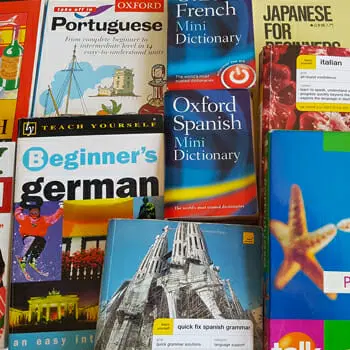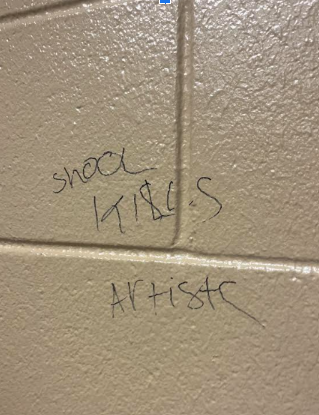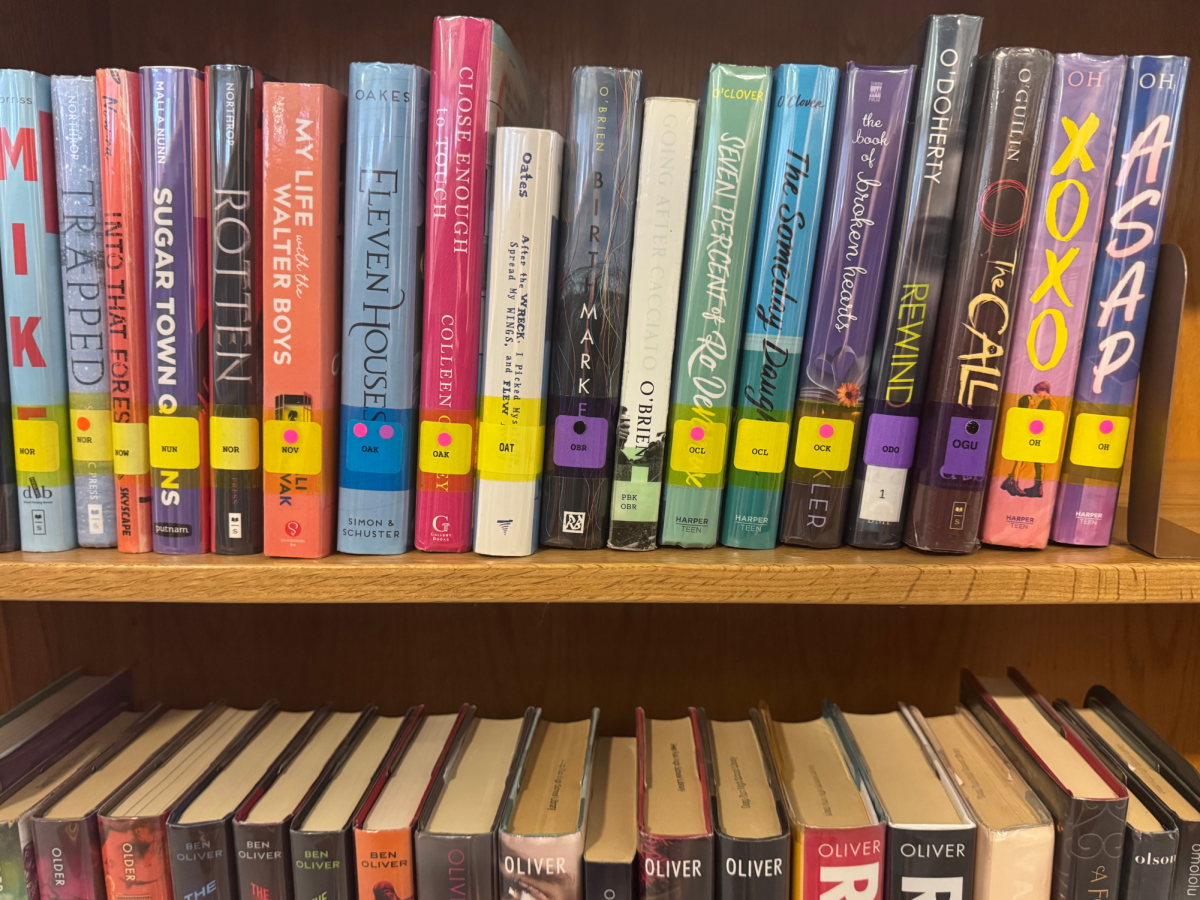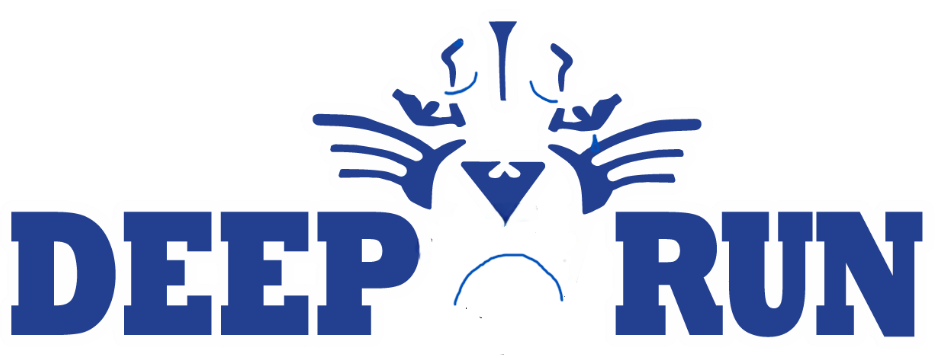
In today’s interconnected world, being able to speak multiple languages is more important than ever. However, Deep Run only offers Latin, Spanish, French, and virtual ASL. While these languages are valuable, they don’t fully prepare students for the diverse and connected world that we live in.
Learning another language should be an important part of a student’s education. Being bilingual can lead to advantages, whether it’s building friendships, understanding other cultures, or opening up future career paths.
“I have made so many friends in other countries because I can speak the language,” Spanish Teacher Jonathan Gouldthorpe said.
When students learn a new language, they’re not just learning new words, they’re becoming stronger thinkers, readers, and problem solvers.
“Learning German helped me learn words that I now use as a history teacher,” social studies teacher Curt Fritts said. “Learning languages also helps strengthen your reading and writing skills.”
Adding more languages to Deep Run isn’t just about giving students more to choose from; it’s also about helping them grow in meaningful ways.
“Languages are tough, so learning languages can help build the ability to do hard things,” Spanish teacher Robert Helwig said.
Across the United States, there is a growing need for stronger language programs. According to American Councils for International Education, only about 20% of K-12 students are enrolled in foreign language courses. Offering more languages would encourage more students at our school to take a language.
In addition, based on Fluent in 3 Months, languages like Mandarin, Hindi, and Arabic are among the most spoken languages in the world, yet are missing from our current language options. Expanding our offerings would help students better connect with millions of people globally and understand important cultures.
Schools nationwide are finding new ways to strengthen their language programs, such as immersion classes and community partnerships. We have the chance to be part of this movement by recognizing that our current language options don’t reflect the world we live in. If we want students to be connected and culturally aware, adding more languages is necessary, but certainly faces challenges in implementation.
“There aren’t enough resources like funds and classrooms,” Gouldthourpe said.
But there are still ways that our school could offer more languages, we could work with nearby colleges, offer online courses, or create an after-school program for students who would like to learn a language that Deep Run doesn’t offer.
We have the potential to offer students more opportunities to grow, connect, and engage with their education. By expanding our language options, we can help students find a deeper passion for learning and ensure that students are better prepared for the future. The possibilities are right in front of us; now we just need to take the first step to make them a reality.






